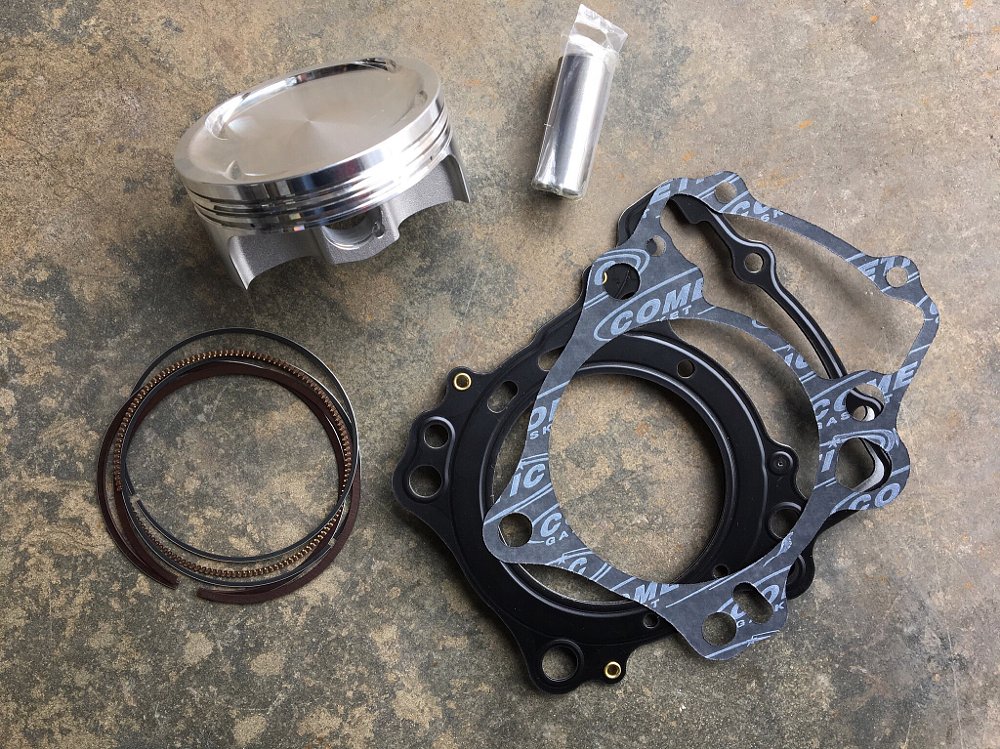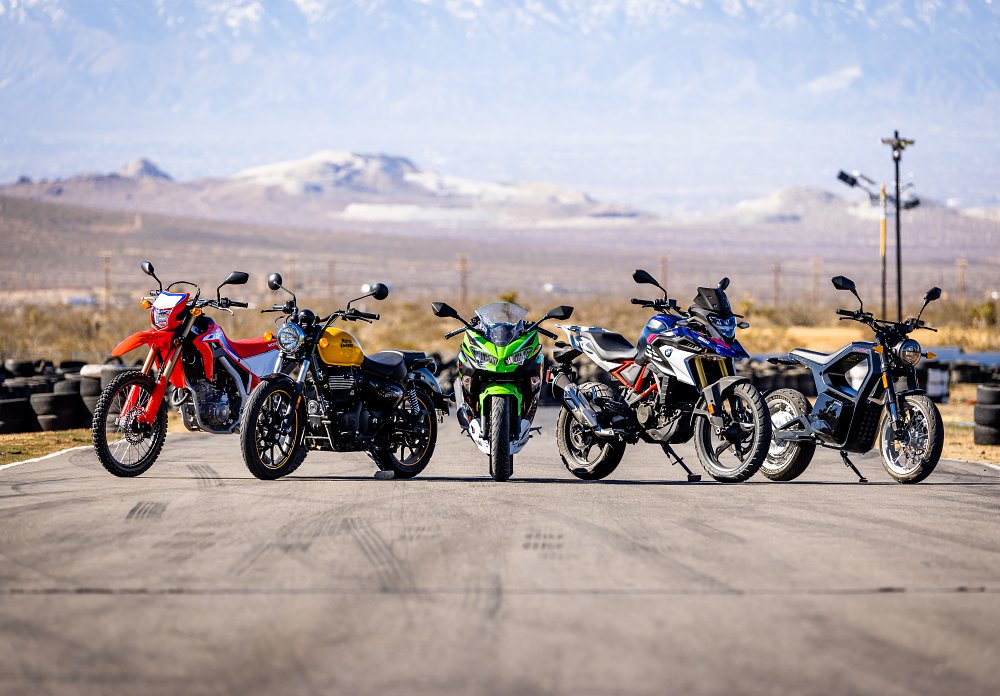Folks love Honda’s handsome, capable CRF300L and CRF300L Rally. The dual-sport duo have a lot going for them, and only one significant thing going against them: underwhelming power.
So what happens if you throw some go-fast parts like a full exhaust, big-bore kit, and intake mods at the bikes’ 286 cc single? How much power can you gain, and what difference will it make?
That’s what one CRF Rally owner, Terence, wanted to know when he reached out to me via Instagram. He’d stumbled across posts I made while putting together CBR300R engines with a 301cc big bore kit I developed back when I club raced Honda’s littlest sport bike, and he wanted to know if the kit would work on his CRF300L.
The CRF’s engine is largely based on the CBR platform so I knew the two-millimeter larger, high-compression piston kit was compatible. The big differences between the CRF and CBR platforms are the airbox, cams, and exhaust, with the CRF’s arrangement favoring broad low-end power while the CBR’s tune is meant to add a little more top-end punch. Emphasis on little, since the CBR only makes about 27 horsepower. Still, CRF owners get just 24 ponies from the factory, so there’s a lot of interest in swapping CBR parts to try to close the gap.
The plan for Terence’s supermoto Rally was to install the piston kit as well as implement a CBR300R cam swap and stuff the shorter, larger-diameter CBR300R velocity stack and intake boot into the CRF’s airbox. That was all on top of the full exhaust system and high-flow air filter already on the bike. Once everything was buttoned up, I’d haul the Honda out to JETT Tuning in Camarillo, California, to tune the air-fuel ratio with a DynoJet Power Vision module.
I tackled the build in my home shop and had the bike torn down and reassembled in a few afternoons. After some heat cycles around the neighborhood — where the bassy Yoshimura exhaust and the snap of a lighter, higher-compression piston already had the CRF feeling feistier — I hauled the bike up to Camarillo for tuning.
JETT’s John Ethell and I have worked together a lot over the years but hadn’t seen each other since before the pandemic, so it was an enjoyable reunion. As is John’s way, he turned the visit into a learning experience, letting me struggle with my rusty dyno skills and the newfangled Power Vision module before stepping in to teach me how to fish.
Once the air-fuel ratio was dialed in, I made some power runs. I’d told Terence to expect around 30 horsepower, so I was happy to see a shade over 31. It’s still a small figure, but a represents a huge delta over stock and the engine is no less reliable. My CBR300R race bike was stone reliable as well and made more than 38 horsepower, but that was with high-lift cams, CNC porting, and $25 per gallon race gas. Meanwhile, Terence can get by with mid-grade pump gas.

From the saddle, the CRF felt transformed, but that’s what everyone who’s modded their bike says. To see what practical difference the mods made, I strapped on a GPS data logger and did a few quarter-mile runs.
My seat-of-the-pants impressions were corroborated by markedly improved performance figures: From a sluggish 16.22 seconds at 73.4 mph to a respectable 15 flat at 81.0 mph, a speed a stock CRF struggles to attain on an open road in still air. For Terence, who rides the bike regularly around Los Angeles, the 2.7-second improvement in 50-70 mph acceleration time is perhaps the most appealing progress.

“The biggest difference is the power in third and fourth gears,” says Terence. “It’s so much faster, I love it.”
Folks already loved the CRF300Ls, and with an honest 300 cc and some key performance mods, what little there was curbing riders’ affection for the handsome dual-sport can be corrected.


















